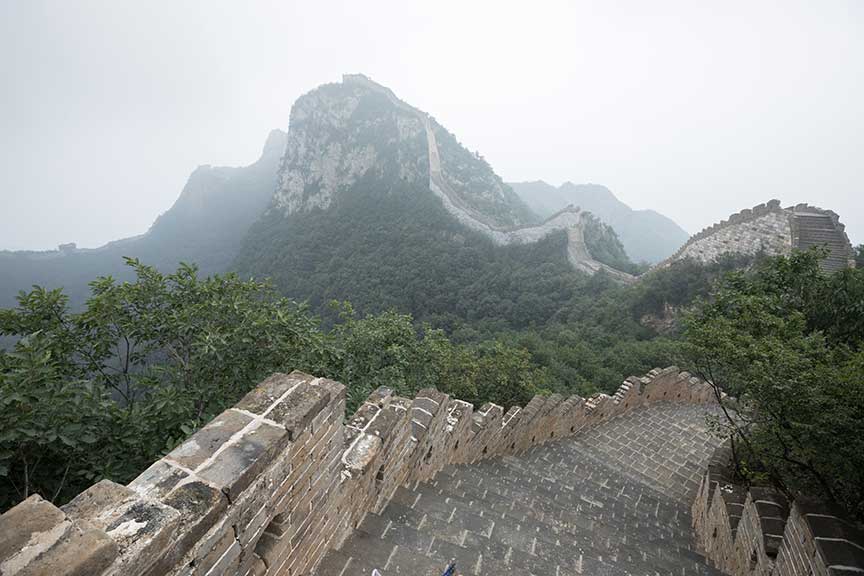1950 USSR and China Sign 30 Year Pact
Mao Tse-Tung signed a 30-year Treaty of Friendship with the Soviet Union. The treaty was one of alliance and mutual assistance. A series of economic agreements followed. .
Mao Zedong, also known as Mao Tse-Tung, was the founding father of the People's Republic of China. As the leader of the Chinese Communist Party (CCP), he played a crucial role in aligning China's foreign policy and economic plans with the Soviet Union, under the leadership of Joseph Stalin.
In February 1950, the two countries signed a 30-year Treaty of Friendship, Alliance, and Mutual Assistance. This was more than a symbolic pact; it was a geopolitical agreement aimed at cementing a strategic alliance between the two communist superpowers, especially against the backdrop of the ongoing Cold War and growing tensions with the Western powers.
The treaty contained several key provisions. Besides a mutual defense pact in case of an attack by Japan or any state allied with it, the treaty also touched upon economic and cultural cooperation. This was essentially a commitment by the Soviet Union to provide China with economic aid and technical assistance to help build its infrastructure and industries.
Following the treaty, a series of economic agreements were signed between the two nations. These were aimed at helping China, devastated by years of civil war and the Japanese occupation, to industrialize and modernize its economy. The Soviet Union provided loans, expertise, and labor. Soviet specialists were involved in the development of more than 150 major industrial projects. The objective was to lay a solid foundation for China's industrial sector, which would, in turn, bolster its military capabilities.
Nevertheless, this relationship was not without strains. Even though the treaty bolstered China's position in the international community and provided it with much-needed economic aid, it also subjected China to a degree of Soviet control and influence. This, among other factors, eventually led to a split between the two countries in the late 1950s and early 1960s, known as the Sino-Soviet Split.
The Treaty of Friendship, Alliance, and Mutual Assistance was a pivotal moment in the history of Sino-Soviet relations and shaped the course of the global Cold War.
 >
>